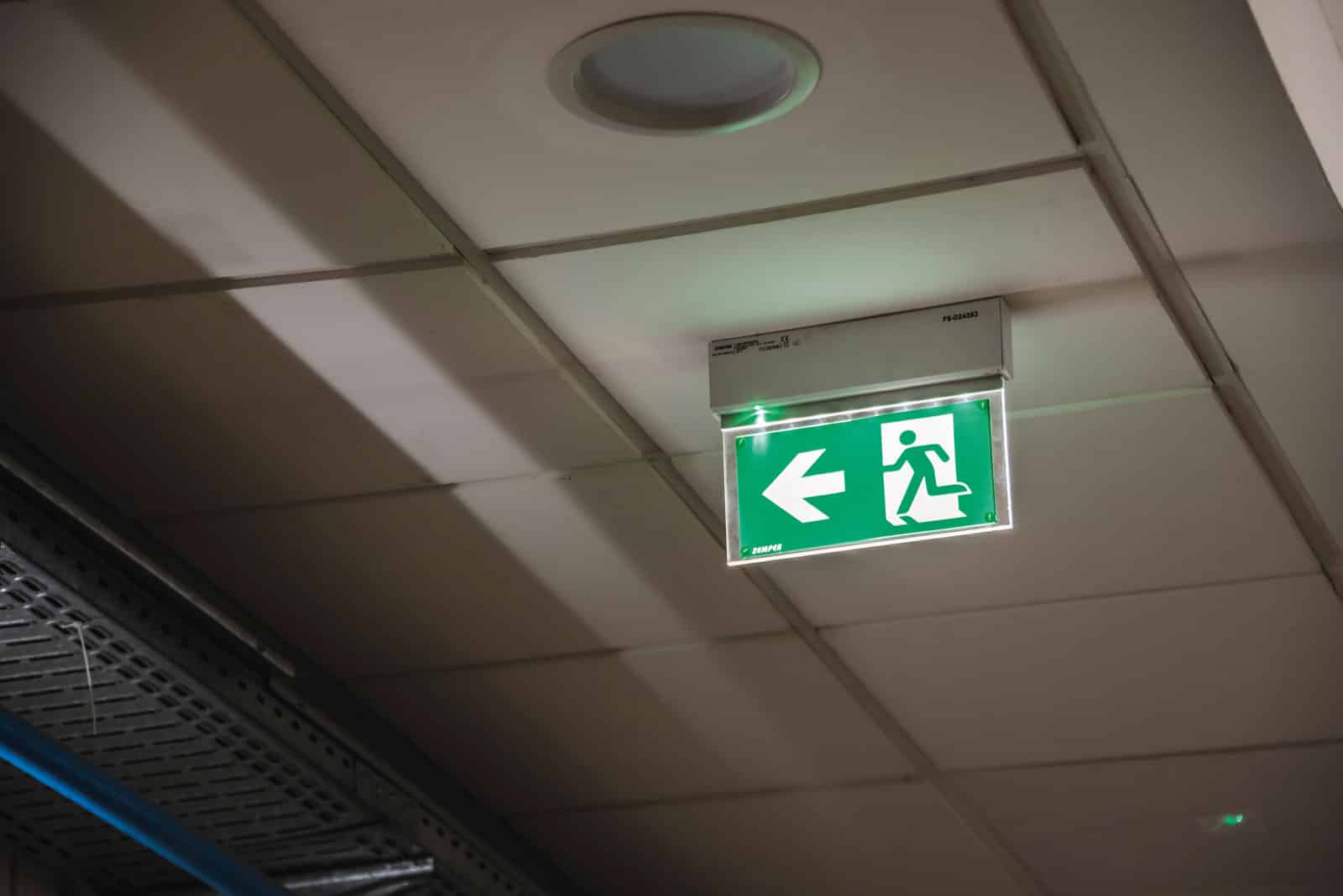END USERS… ARE YOU BEING A RESPONSIBLE EMPLOYER?
ARE YOU A RESPONSIBLE EMPLOYER?
Building owners or their responsible persons are legally bound to test their emergency lighting, record test results and maintain their systems.

Legal Requirements
Emergency lighting is part of the fire safety provision of a building and cannot be ignored.
As noted by the Industry Committee for Emergency Lighting (ICEL), which is the foremost UK authority on emergency lighting and provides third party accreditation for components and products for emergency light fittings under the auspices of the Lighting Industry Association (LIA):


“The legal requirement is that non-domestic buildings must be safe at all times, even if mains power failure occurs. Therefore, nearly all such buildings must have emergency lighting fitted”.
Do ALL your emergency luminaires turn on when the power fails?
The purpose of emergency lighting is to provide light in the event of a mains or local power supply failure to ensure that people within the building can evacuate safely.
Emergency lighting can save lives – but only if it is fit for purpose.
Do you carry out monthly and annual tests for EVERY emergency light?
BS EN 50172:2004 specifies the following routine test schedule for self-contained emergency luminaires.
Do you maintain accurate testing records?
All test results must be recorded and reported to the building’s ‘responsible person’ and any repairs or remedial work identified must be carried out within a reasonable time. Accurate records must be kept of each inspection and test.
Do you have an accurate and dynamic FIRE risk assessment?
A risk assessment should be carried out to identify the risks to any persons entering the premises
and to take measures to safeguard building occupants. These measures include the provision
and maintenance of emergency lighting. Emergency lighting needs to be tested and maintained on a regular basis as required by BS EN 50172.
This is a legal requirement, and failure to comply is an offence that may result in prosecution.
THE MAXIMUM PENALTY IS AN UNLIMITED FINE AND/OR TWO YEARS IN PRISON